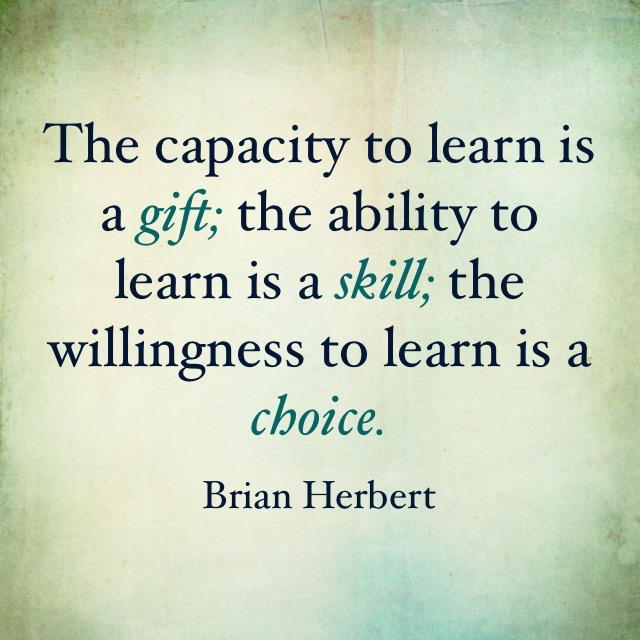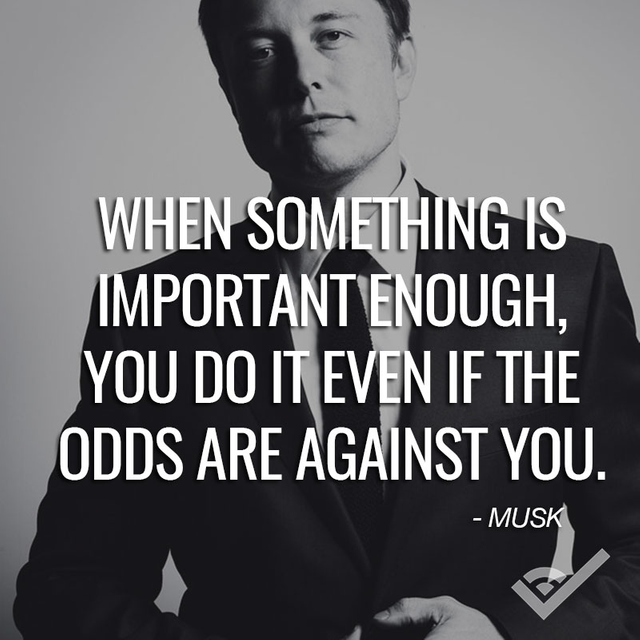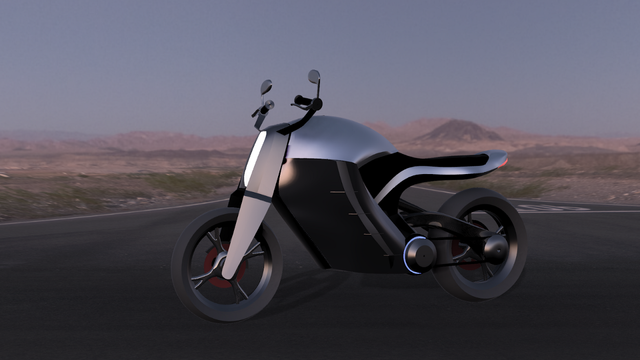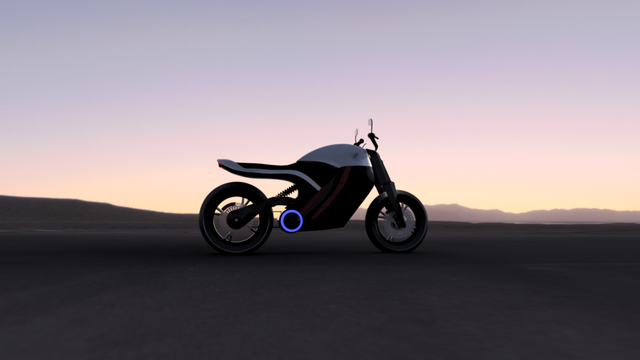Vision-X: How I Essentially Started an Electric Vehicle Venture as a Freshman in College.
To begin with:
Yup, the same dude who made electric cars cool, rockets reusable and payments electronic and is currently digging tunnels, making cyborgs and so on. If you don’t know about this legend, please look him up: Elon Musk. The world needs more people like this.
Note: Any instance of ‘you’ in this blog assumes you are a Student. The term bike in this context is synonymous with "Motorcycle" ( We call them bikes in India)
Who am I?
I'm a 19 year old college student from Bengaluru, India who was naive enough to think he could build an electric motorcycle, prove to his peers that electric vehicles are way better than internal combustion vehicles in almost every way and then possibly take it up a notch and convince people to buy electric motorcycles. I have no respect for the status quo, and firmly believe that it is up to us to make the future more interesting and sustainable.What is Vision-X?
What started off as a personal project : a ‘cool’ performance electric motorcycle or “Project-X”, has now evolved into a much grander scale : An end-to-end solution for electric vehicles from energy generation to energy consumption. We’re a team of around 15 students, who are working to bring a compelling cost effective electric motorcycle to the people, and almost simultaneously establish the ecosystem necessary to make these motorcycles and their family of vehicles convenient, preferable and fun.For a more detailed look at Vision-X : Website
What drove me to take on such a humongous challenge?
It kind of started in high school when I was comparing hydrogen combustion engines to hydrogen fuel cells. I desperately wanted to figure out a way to move away from hydrocarbons. I didn’t know much about battery electric vehicles(EV) back then. When I did learn a few years later, and knew their potential( a whole other story) I wanted my own EV. I could go on and say that it’s the future, EV’s are good for the environment, I want to help save the world and give a million other reasons which are actually true.But honestly, I just wanted an Electric Motorcycle that rides like the wind( and sounds like it). So, I looked up Electric Motorcycles on the internet, and to my surprise, couldn’t find a single one that suited my taste and budget. I figured, why not build my own? Naive as usual. Hey, nobody said it couldn’t be done.
How’d the team come about?

I realized it might be a ‘little hard’ to do this alone, so I asked a few friends if they wanted to join me on this. This is how the first ‘Coulomb’ team came to be, however, very few members of this initial team are part of the Vision-X team today. This is when Aabharan Hemanth joined the team and helped me zoom-out of the personal project scale to a more commercial scale. He’s played a very important role since then, in what is now Vision-X.
From here, one thing led to another, we were given guidance from a research institute, we put up posters, conducted a recruitment drive( management is not simple) and after several changes in members, we are who we are today.This current team is one that has shown up on holidays and spent hours traveling in Bengaluru’s traffic just to get together and work on OUR QUEST. There is something magical about seeing a dozen students come together on a holiday to work on a project they are passionate about, that seemingly has no rewards in terms of grades, co-curriculars or money, when most of their peers would be spending time ‘Chilling’. This inspires me.
How do you build an electric vehicle when you don’t know shit?

For one, you read a lot of books. What books though? Well, before that, we should understand the prerequisites:
What we want to achieve:
So now that I had a basic idea of what an electric motorcycle is, I did the obvious thing: Wikipedia. Then, I clicked on a thousand other links and ended up learning so much, I could hatch up the initial plan: major components of the power-train, specifications, form etc.As you gain knowledge, you apply it by making mathematical models and simulating them.For example, I’ll share the equation we used to determine the Battery size, Motor power, etc.
Note: For those of you allergic to math, get real! Math is useful.
Traction Force = Bike mass * Acceleration + Aerodynamic Drag + Rolling Friction + Gravitational force
=> Ft = ma + ½CdAfv² + Cfmgcos(x) + mgsin(x)*
Here: m is total mass of vehicle, a is acceleration, g is acceleration due to gravity on Earth’s surface, Cd is coefficient of drag, Af is frontal area, v is bike’s velocity, Cf is coefficient of rolling friction.
There, that wasn’t that hard, all you do now is apply boundary conditions, special cases etc, and write python scripts around it to make simulation easier.
Workshops, talking to experienced people ( not “experts”) and seeking feedback from friends and family generally complement all of your progress and learning. Over the past 10 months I went from knowing close to nothing in electronics, electrical and software to being able to design basic embedded systems, programming them, designing and printing my own PCBs,working with power electronics, designing 3D models on CAD, and so on, with a little external guidance.I can probably say the same for almost everyone on my team.
The Importance of First Principles Thinking:
It allows you to clear your mind of any presumptions and reason your way to a solution that is supported by Physics and Math. Instead of basing your solution on existing solutions or proven solutions, it would be ideal if you could break down a problem to its most simple level, analyze it using basic truths and build up on the solution.Where are we today?
We have designed PCBs and electronics for a Battery Management System, A battery super-charger, Motor controller and an on-board computer. We’re in the process of testing these systems and assembling our battery pack. On the other hand, we’re working on the motorcycle chassis and the aesthetic design of the bike. We should have a working prototype up and running by early 2018.How could this have been easier?
Honestly, I could’ve learnt almost everything I have, without much external support( of course I still need the internet). But I would not be able to actually implement what I have learnt if not for my friends and mentors, because I ultimately need people to help me build what I want to and people to buy the stuff I’m building. Also, with access to curated knowledge archives and connections, I could have accomplish what I want to, in a much shorter time-frame and with much lesser effort.Fun facts:
Here is a list of useful links for learning about EVs:
Conclusion
Building a physical product let alone an electric motorcycle from scratch requires time, a dedicated team willing to learn on the go, sufficient financial support and perseverance. Electric Vehicles are definitely a major part of, if not completely the future of transport . The future is bright only if we choose to make it so.My team and I will be working hard to get this prototype up ASAP, from there, let’s hope we get closer to our vision.
Keep Learning, Keep Dreaming and Keep Realizing Them.



Congratulations @akarsh-gopal! You have completed some achievement on Steemit and have been rewarded with new badge(s) :
Click on any badge to view your own Board of Honor on SteemitBoard.
For more information about SteemitBoard, click here
If you no longer want to receive notifications, reply to this comment with the word
STOP